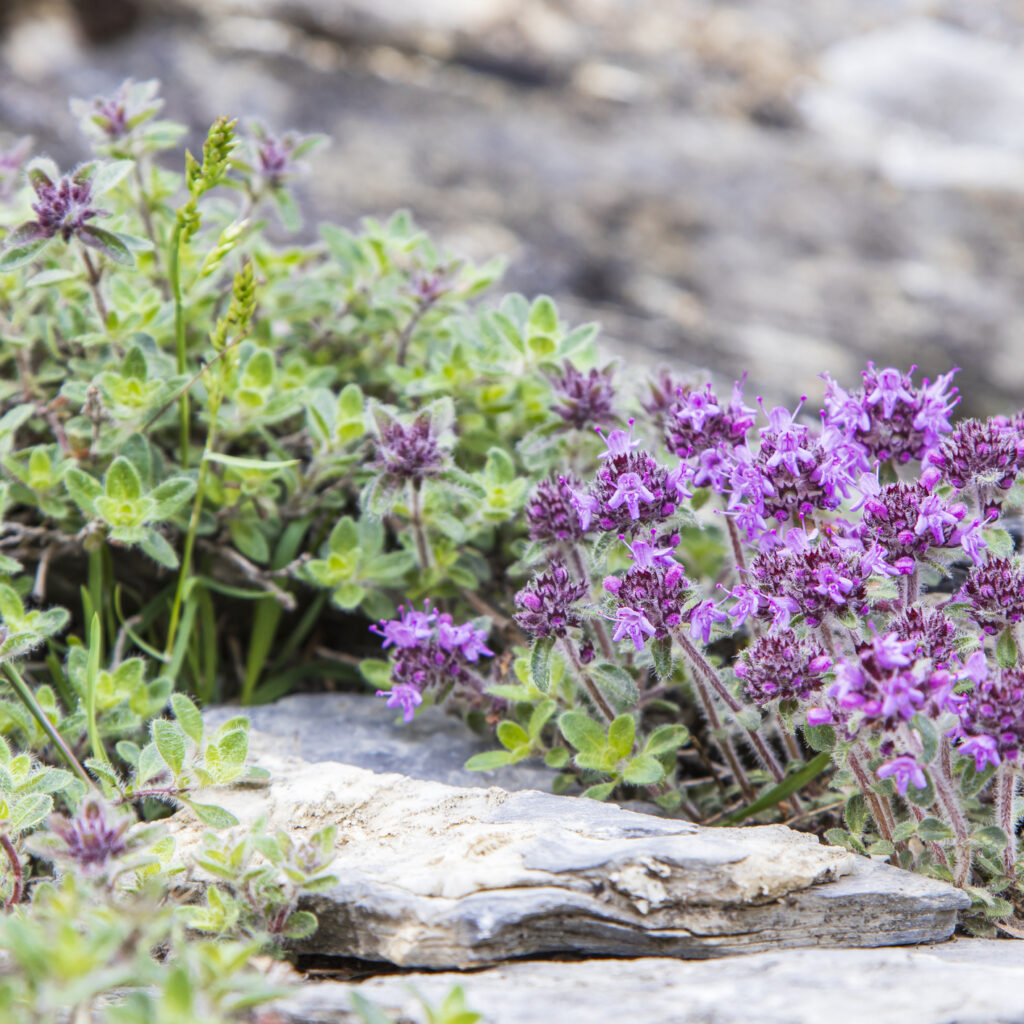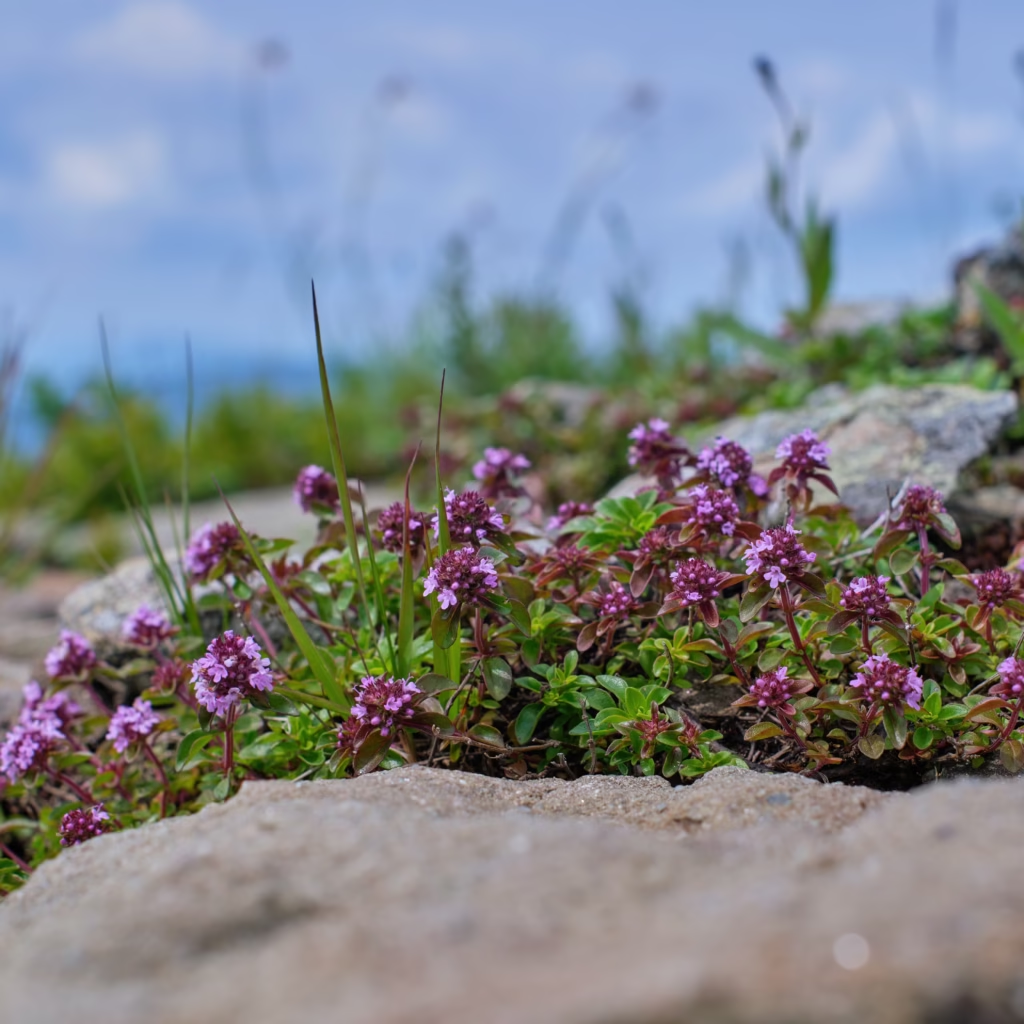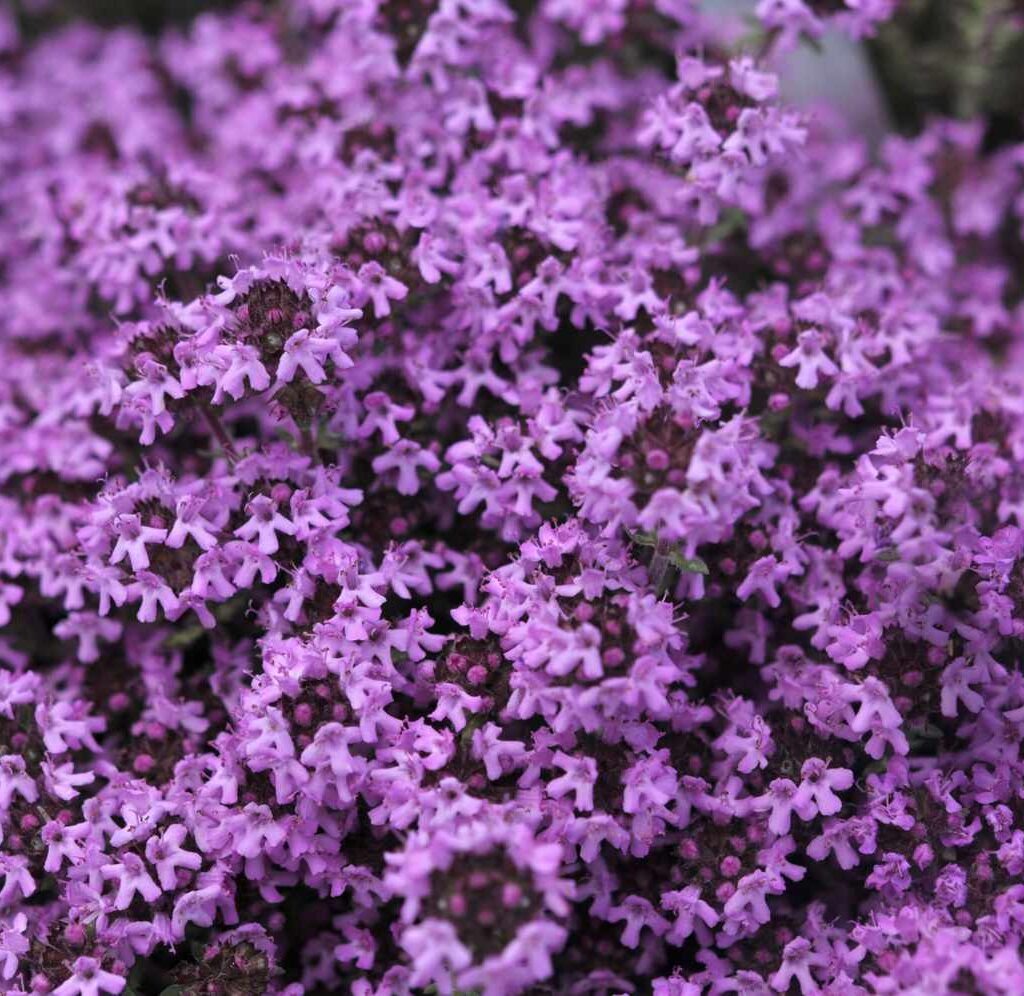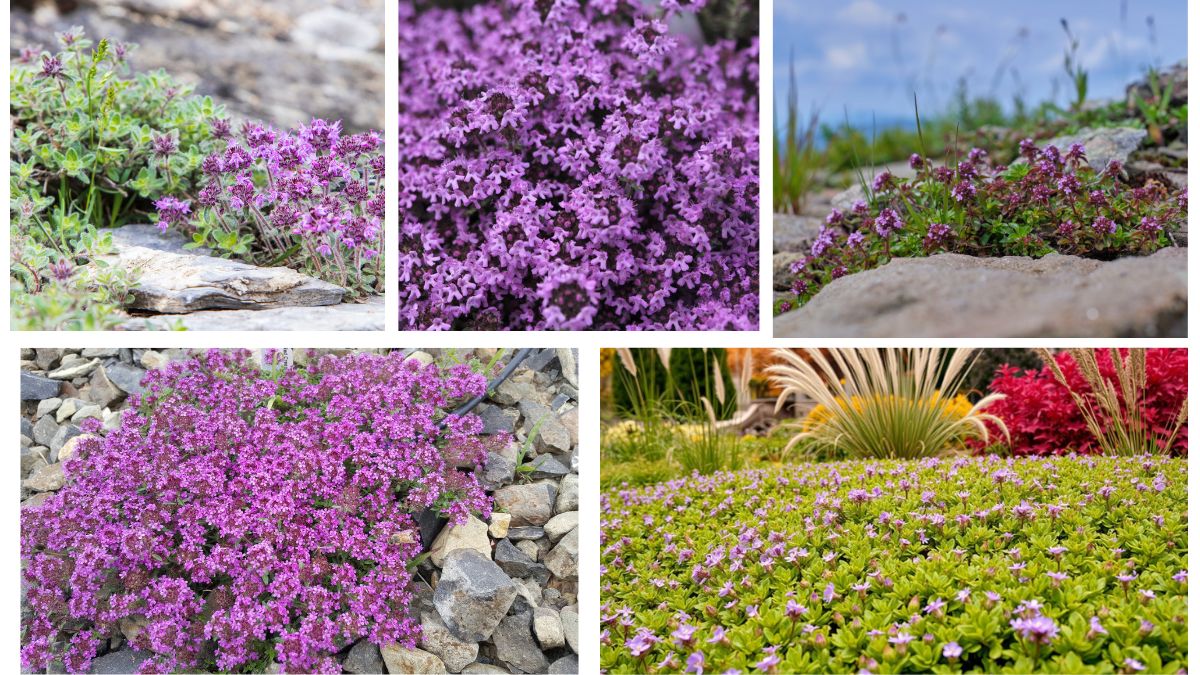If you’re searching for a hardy, low-maintenance, and fragrant groundcover that adds both texture and color to your garden, look no further than creeping thyme (Thymus serpyllum). This delightful perennial herb, native to Europe and North Africa, is famous for its delicate, tiny leaves, charming flowers, and pleasant aroma. But beyond its ornamental value, creeping thyme also plays a practical role as a groundcover — suppressing weeds, stabilizing soil, and softening hardscapes.
So, where can you plant creeping thyme as groundcover? The good news is that this versatile plant thrives in a variety of locations, from sunny garden beds and borders to between stepping stones and rock gardens. In this article, we’ll explore the best spots to plant creeping thyme, its growing conditions, care tips, and how to use it creatively in landscaping projects.
Why Choose Creeping Thyme as Groundcover?

Before diving into ideal planting locations, let’s briefly look at what makes creeping thyme a top choice for groundcover:
- Drought-tolerant and resilient
- Fragrant foliage and charming purple, pink, or white blooms
- Attracts beneficial pollinators like bees and butterflies
- Requires minimal care once established
- Can handle light foot traffic
- Suppresses weeds naturally
- Non-invasive and easy to control
Its adaptability makes creeping thyme suitable for a wide range of garden designs, particularly where traditional turf grass may struggle.
Ideal Locations to Plant Creeping Thyme as Groundcover

Along Garden Paths and Walkways
Creeping thyme’s dense, mat-forming growth habit makes it perfect for planting along pathways. Its leaves release a pleasant herbal scent when stepped on, and its resilience allows it to tolerate light foot traffic.
Benefits:
- Softens hard edges
- Adds fragrance to walkways
- Provides color when in bloom (typically late spring to summer)
Tip: Plant creeping thyme between stepping stones or pavers, spacing plants 6–12 inches apart to allow them to fill in naturally.
Rock Gardens

Creeping thyme thrives in rocky, well-drained soils, making it ideal for rock gardens. It cascades gracefully over stones and gravel, adding softness and color to otherwise stark areas.
Benefits:
- Enhances rock formations with texture and color
- Fills crevices between boulders
- Drought-tolerant and low-maintenance in rocky environments
Tip: Use creeping thyme to stabilize slopes and prevent soil erosion in rock gardens.
Sunny Garden Borders
Creeping thyme loves full sun and can be used effectively as a border plant at the front of flower beds, along fences, or around patios.
Benefits:
- Creates a lush, aromatic edging
- Suppresses weeds around garden perimeters
- Blends beautifully with lavender, sedum, or ornamental grasses
Tip: Plant creeping thyme in well-drained soil and avoid overly shaded locations where it may become leggy.
Around Trees and Shrubs

While grass often struggles to grow in dry, shaded areas beneath trees, creeping thyme can handle partial shade and dry soil once established. It adds visual interest at the base of trees and provides ground-level color.
Benefits:
- Reduces mowing and maintenance
- Prevents soil compaction around tree roots
- Creates a soft, living mulch that conserves soil moisture
Tip: Choose a partially sunny site and water regularly until established.
In Containers and Hanging Baskets

Though typically used as groundcover, creeping thyme also makes an attractive spiller plant in containers, hanging baskets, or window boxes.
Benefits:
- Trails attractively over the edges of containers
- Pairs well with sun-loving herbs and annuals
- Provides easy access for harvesting in culinary uses
Tip: Use a gritty, well-draining soil mix in containers and place them in full sun.
On Green Roofs and Terraces
Thanks to its drought tolerance and shallow root system, creeping thyme is well-suited for green roofs or rooftop gardens where lightweight, low-maintenance groundcovers are required.
Benefits:
- Handles wind, heat, and sun exposure
- Contributes to insulation and stormwater management
- Adds year-round texture and seasonal blooms
Tip: Combine with other sun-loving, drought-tolerant plants like sedums or ice plants for a varied green roof planting.
In Herb or Pollinator Gardens
Creeping thyme isn’t just beautiful — it’s also a valued culinary herb and a favorite of bees and butterflies. Including it in herb gardens or pollinator-friendly areas enhances biodiversity.
Benefits:
- Provides nectar for beneficial insects
- Adds culinary and medicinal value
- Blends well with other herbs like rosemary, oregano, and sage
Tip: Harvest leaves just before flowering for the most concentrated flavor.
Growing Conditions for Creeping Thyme
To thrive, creeping thyme requires the following: Light:
- Full sun (at least 6–8 hours daily) for compact, lush growth
- Tolerates partial shade, though blooms and foliage density may decline
Soil:
- Well-draining, sandy, or loamy soil
- pH between 6.0 and 8.0
- Avoid heavy clay soils that retain water
Water:
- Drought-tolerant once established
- Water regularly during the first growing season
- Avoid overwatering to prevent root rot
Temperature:
- Hardy in USDA zones 4–9
- Tolerates heat and light frost
How to Plant Creeping Thyme
Plant creeping thyme in spring after the danger of frost has passed.
Steps:
- Loosen the soil to a depth of 6 inches and amend with sand or gravel if necessary.
- Space plants 6–12 inches apart, depending on the variety and desired coverage.
- Water well after planting and keep moist until new growth appears.
- Apply a thin mulch layer of small gravel or straw to conserve moisture without smothering the plants.
Maintenance Tips
Creeping thyme is generally low-maintenance, but some care can enhance its performance:
- Trim back plants lightly after flowering to promote new growth and maintain shape.
- Divide overcrowded clumps every 3–4 years to rejuvenate growth.
- Avoid heavy fertilizer applications — a light compost mulch in spring is usually sufficient.
Conclusion
Where can you plant creeping thyme as groundcover?
The options are abundant — from garden paths and rock gardens to sunny borders, containers, rooftops, and pollinator patches. Its combination of hardiness, fragrance, and visual charm makes creeping thyme one of the most versatile and rewarding groundcovers available for gardeners.
By choosing the right locations with well-draining soil and plenty of sun, and following basic planting and care guidelines, you can enjoy a lush, flowering carpet that enriches your outdoor spaces, supports pollinators, and reduces maintenance needs year-round.
If you’ve been searching for a ground-hugging plant to transform neglected spaces or replace troublesome turf grass, creeping thyme deserves a place in your garden plan.





